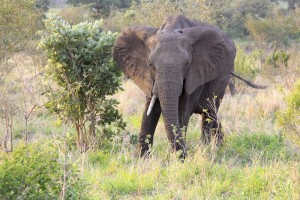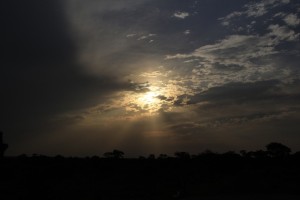LIGO Generations
Funded by the National Science Foundation through the University of Mississippi, LIGO Generations shares the passion and the motivation of individuals who have worked for nearly three decades on a single science experiment. We engage in the stories of those who motivated a new branch of physics in order to prove the last piece of Einstein’s theory of general relativity, and to hear the universe in a new way.

 A day of good intentions started at 7 AM. After five days of editing the LIGO film, hour after hour sitting on my back side, it seems a day of simply re-organising, of catching up was in order. I sorted hundreds of photos and some documents, conducted a full computer backup (minor backups conducted every Friday evening), and then ventured to the St. James Bay tide pool.
A day of good intentions started at 7 AM. After five days of editing the LIGO film, hour after hour sitting on my back side, it seems a day of simply re-organising, of catching up was in order. I sorted hundreds of photos and some documents, conducted a full computer backup (minor backups conducted every Friday evening), and then ventured to the St. James Bay tide pool.



























